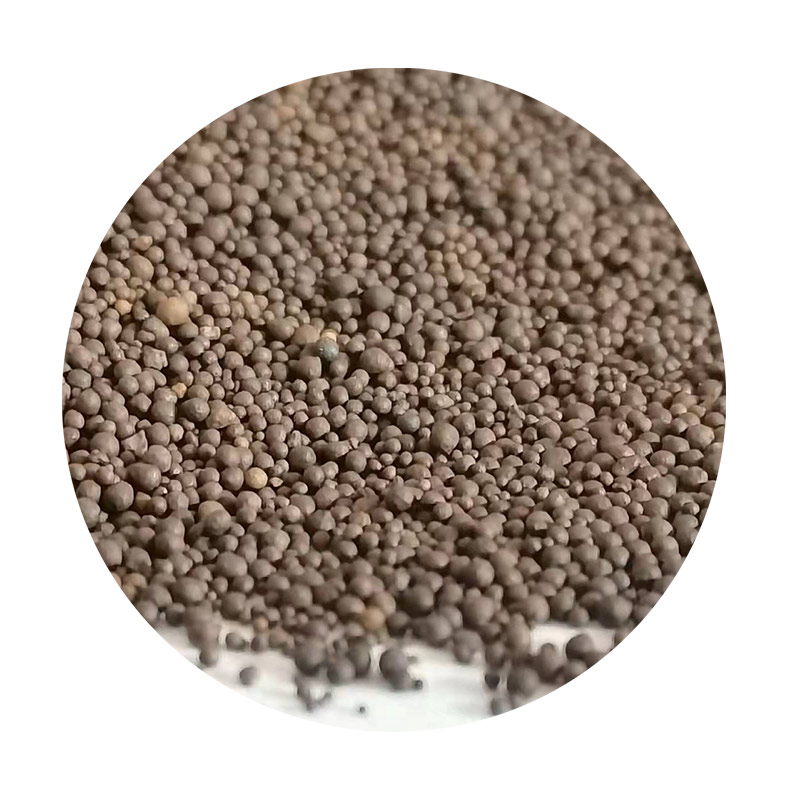The Importance of Resin Sanding in Crafting and Manufacturing
Resin sanding is an essential process in various crafting and manufacturing industries, particularly when working with resin-based materials. This technique enhances the final finish of products, improves surface smoothness, and prepares items for painting or further processing. This article explores the significance of resin sanding, its techniques, and the benefits it brings to both artisans and manufacturers.
Understanding Resin and Its Uses
Resins are versatile synthetic materials widely used in a multitude of applications, including art, construction, automotive, and furniture industries. They can be molded into complex shapes and are known for their durability and aesthetic appeal. However, the inherent characteristics of resin, such as its viscous nature in liquid form and the potential for curing inconsistencies, often necessitate finishing processes to achieve the desired look and feel.
The Process of Resin Sanding
Resin sanding involves using sandpaper or sanding tools to smooth the surface of cured resin. This process is crucial after the initial shaping or casting of resin items, as it eliminates imperfections such as bubbles, uneven surfaces, and tool marks. The steps typically include
1. Curing Before sanding, the resin must be fully cured. This usually takes anywhere from a few hours to several days, depending on the resin type and environmental conditions.
2. Initial Sanding Once cured, initial sanding is done with coarser grit sandpaper (e.g., 80-120 grit) to rapidly remove imperfections. This stage is crucial for preparing the surface for finer finishes.
3. Progressive Sanding After the initial sanding, craftsmen move to finer grits (220-400) to refine the surface. This step gradually smooths out the scratches left by coarser grit and prepares the item for polishing.
4. Polishing Finally, polishing compounds or buffing tools can be used to achieve a glossy, high-shine finish. This step enhances the aesthetic appeal of the resin piece.
resin sanding

Techniques and Tools for Effective Sanding
Different techniques and tools can be employed depending on the size and intricacy of the resin object. For small pieces or intricate designs, hand sanding allows for greater control. Sanding sponges or foam blocks are particularly useful in reaching contours and curves. For larger surfaces, power sanders can expedite the process but require careful handling to avoid removing too much material.
Water sanding is another effective technique, which involves using wet sandpaper. This not only helps reduce dust but also minimizes scratches, resulting in a smoother finish. It is especially beneficial when polishing the final surface to achieve a glass-like appearance.
Benefits of Resin Sanding
1. Improved Aesthetics One of the primary benefits of proper resin sanding is the enhancement of visual appeal. A well-sanded and polished resin item appears more professional and pleasing to the eye, making it more marketable.
2. Surface Integrity Sanding strengthens the surface of the resin piece, helping to prevent chipping and cracking. By smoothing out imperfections, the item can better withstand wear and tear over time.
3. Preparation for Coating Properly sanded resin surfaces provide an ideal base for paints, varnishes, and other coatings. This ensures that finishes adhere better, leading to longer-lasting results.
4. Consistency in Production For manufacturers, consistent sanding techniques can help standardize the quality of products. This is essential for meeting customer expectations and building a reputable brand.
Conclusion
Resin sanding is a vital step in the crafting and manufacturing processes, playing a critical role in ensuring the quality and appeal of resin products. By mastering the techniques and tools associated with resin sanding, artisans and manufacturers can produce items that not only meet aesthetic demands but also possess structural integrity. As the popularity of resin in various applications continues to grow, so does the need for effective sanding practices, making this process an indispensable part of working with resin materials. Whether for personal projects or large-scale production, the importance of resin sanding cannot be underestimated in achieving high-quality finished products.
Post time:нов . 30, 2024 07:03
Next:youtube sand casting
